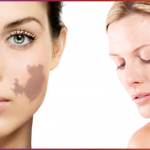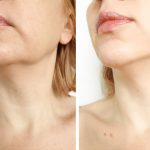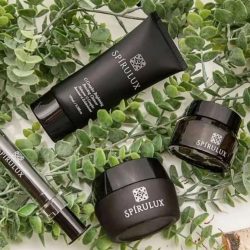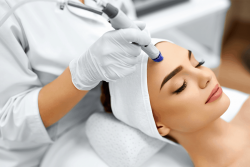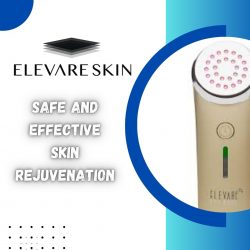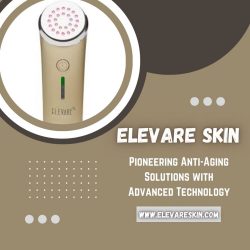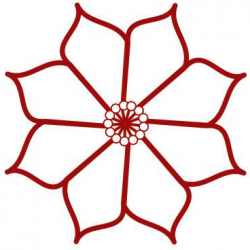Birthmarks: Types, Causes, Treatments, & Preventions
Think of birthmarks as the little stories written on your skin, personal tales that make you one of a kind. They’re those spots or patches that stand out, telling a different story from the rest of your skin. Birthmarks come in all shapes and sizes, and they’re typically there when you’re born, which is why we call them “birthmarks.” While some might naturally fade away as you grow older, others become a permanent part of your journey, unless you decide to bid them farewell through birthmark removal procedures.
The exciting part is that birthmarks are usually harmless and don’t cause any discomfort. But, there’s a twist to the story. Some types, like congenital nevi (moles), can bring complexity into the plot, possibly increasing the risk of skin cancer. So, if you notice any changes happening to your birthmarks, it’s a good idea to reach out to a healthcare provider for a checkup.
Types of Birthmarks:
Let’s imagine birthmarks as a diverse family with two primary branches:
1. Vascular Birthmarks:
These are the “red birthmarks” that result from unique blood vessel formations during your time in the womb. They can make an appearance at birth or shortly afterward and include:
-
Strawberry Hemangiomas: These little gems made of closely packed blood vessels may appear anywhere on your body. They often grow quickly, maintain their size for a while, and then gradually fade, usually disappearing by the time you’re nine.
-
Cavernous Hemangiomas: These are like strawberry hemangiomas, but they dive deeper beneath your skin. Some may go away by the time you reach school age.
-
Port-Wine Stain Birthmarks: These are flat, purple-to-red marks formed by widened blood capillaries. They often hang around permanently, except if you decide to get them treated.
-
Salmon Patches: A common sight in newborns, these are small visible blood vessels that tend to vanish as you grow.
2. Pigmented Birthmarks:
These marks are like little clusters of cells that add some color diversity to your skin. They can range from brown and black to bluish and include:
-
Dermal Melanocytosis (Mongolian Spots): These are the bluish, bruise-like marks that often make an appearance on your buttocks and lower back.
-
Pigmented Nevi (Moles): Raised growths that can show up anywhere, matching your skin tone or appearing in shades of brown or black.
-
Congenital Nevi: These are moles you’re born with, and their size can determine their risk of becoming skin cancer.
-
Café-au-Lait Spots: These light tan or brown spots might pop up at birth or during early childhood, and multiple spots could signal an underlying condition called neurofibromatosis.
Not Everyone’s Got a Birthmark!
Here’s a fun fact: not everyone has a birthmark. Around 10% of babies worldwide have a specific type of birthmark known as a hemangioma.
What Causes Birthmarks?
We’re still trying to solve the mystery of what exactly causes birthmarks. Sometimes, it’s because your blood vessels don’t quite form the way they should, or it could be that your melanocyte cells decide to form little gatherings. Sometimes, it even runs in the family. And in some cases, an underlying medical condition can be the culprit.
What are the complications of birthmarks?
Pigmented birthmarks can sometimes affect more than just your skin. If they show up in a prominent spot, like your face, they might impact how you feel about your appearance. Also, some pigmented birthmarks can up the risk of skin cancer. So, if you notice any changes in the color, size, or texture of a mole, it’s a good idea to reach out to a healthcare provider.
Management and Treatment:
If a birthmark doesn’t quite fit into your life’s story, you can chat with a healthcare provider about removing it. But don’t get any DIY ideas! You should leave birthmark removal to the experts. They might suggest treatments like cryotherapy, laser procedures, surgery, or cortisone injections.
Keep in mind that healthcare providers typically wait until a child reaches six years of age to treat childhood birthmarks unless they’re causing problems with vital functions, like vision or breathing.
The Possible Side Effects:
Just like in any good story, there might be some plot twists. If you decide to have a birthmark surgically removed, there’s a chance you could end up with a scar. But don’t worry; surgeons are careful to minimize that risk. There’s also a slight chance of infection post-removal, but your surgeon or provider will give you the lowdown on how to take care of your skin as it heals.
Can birthmarks be prevented?
As for prevention, there’s no surefire way to prevent birthmarks from forming. However, you can take steps to prevent them from changing color or evolving into skin cancer due to sun exposure. Shield your skin from the sun’s UV rays with sunscreen and protective clothing when you’re outside, and try to avoid direct sun exposure during the peak hours between 10 a.m. and 4 p.m.
Questions To Ask Your Healthcare Provider:
If you’re navigating the world of birthmarks, it’s okay to have questions. Here are a few you might want to ask your healthcare provider:
-
What kind of birthmark do I have?
-
What are my options for removing a birthmark?
-
Are there any possible side effects from the removal process?
-
Can I expect my birthmark to naturally fade away over time?



